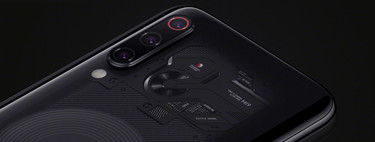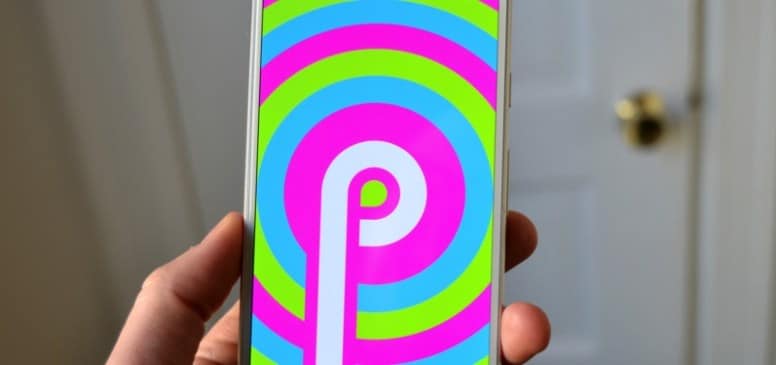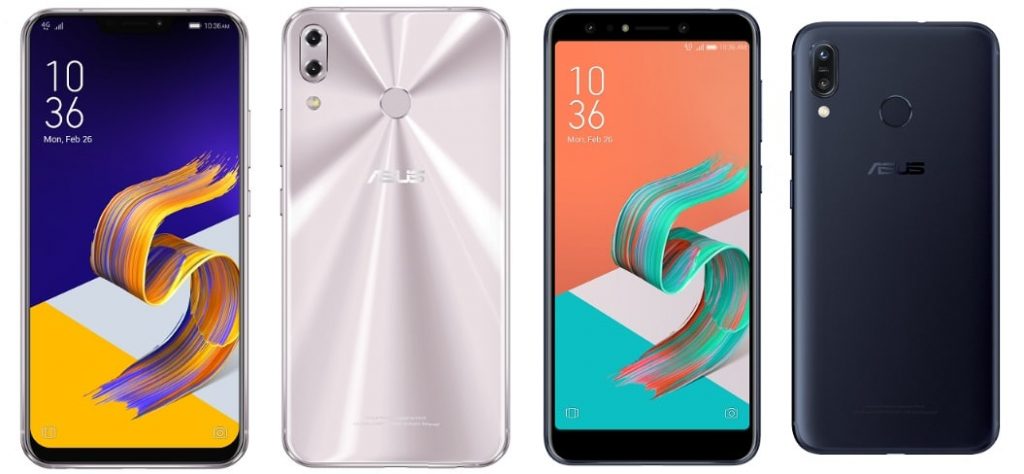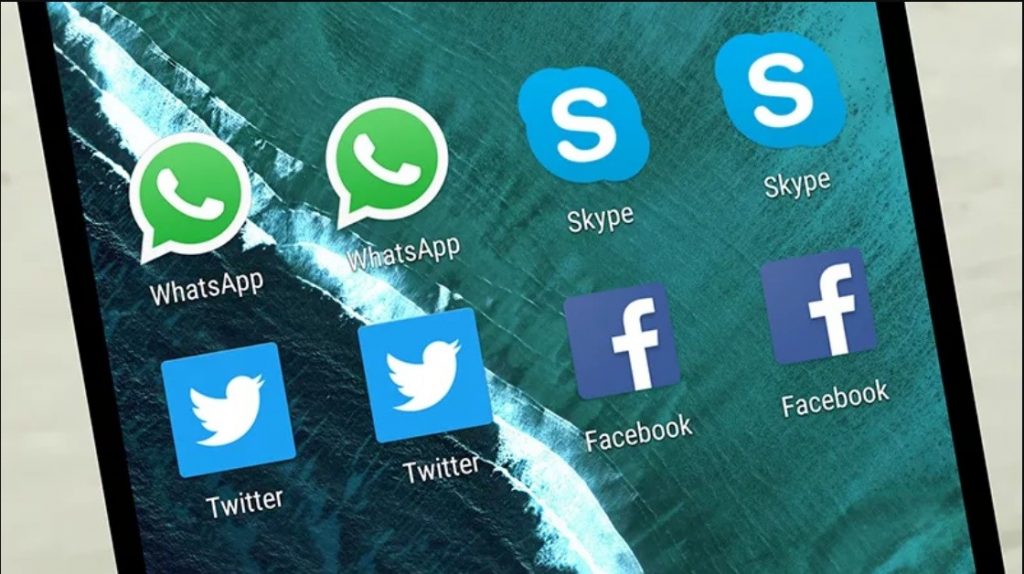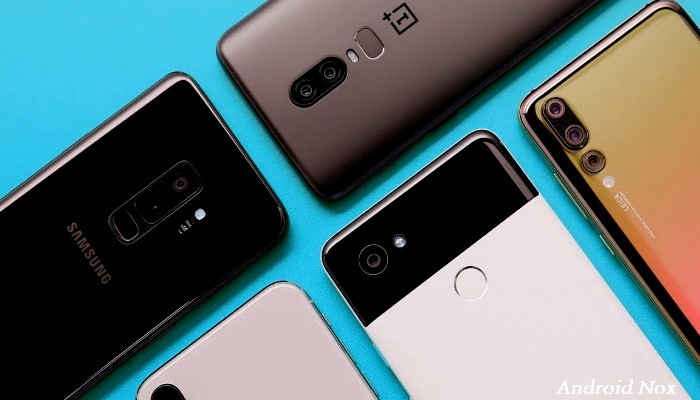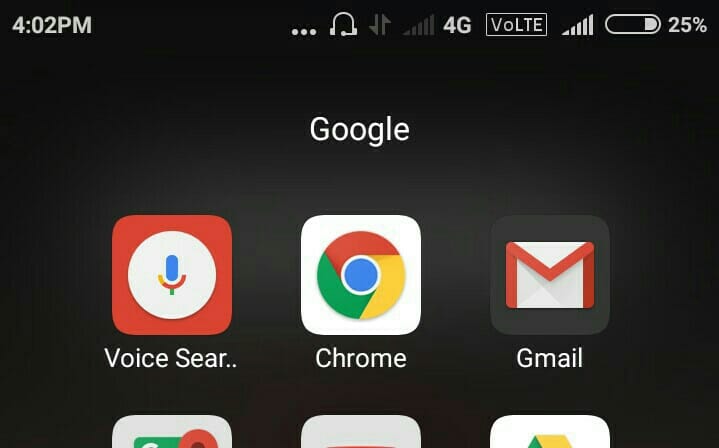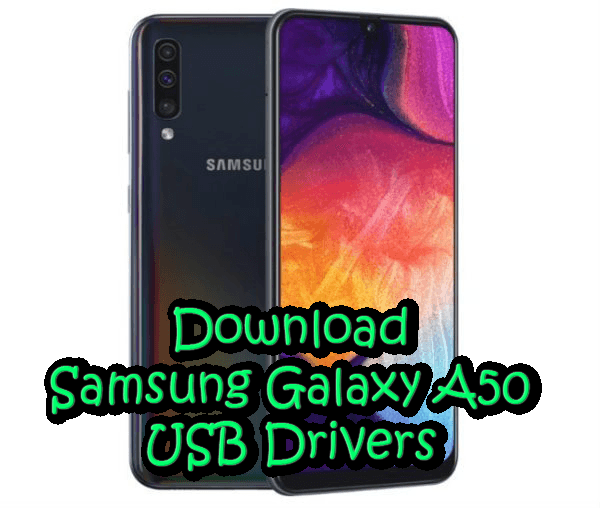Gaming is invading the mobile ecosystem more and more frequently, and this causes features that were previously only sought in environments such as the PC also appear on our pocket computers. One of the most wanted, according to the effort of manufacturers to promote it, is that of increasing the frequency, speed or refresh rate of the screen.
Accustomed as we were to the fact that in the mobile there were only a couple of characteristics or three that separated some screens from others (panel technology, diagonal, resolution), now we also face the hertz. This is a good time, why not, to try to explain what they really are, how they affect our screen and how we find out how many we have on board our mobile phone.
What is the refresh rate
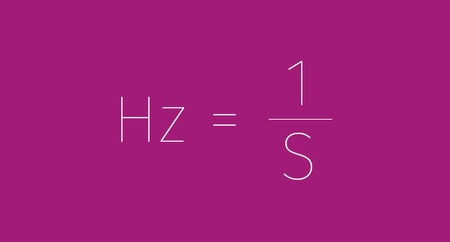
It is convenient to explain, even if briefly, how any screen works, also that of a mobile phone. Although we see it permanently on during the time we are using it, the screen is constantly turning off and on. The screen displays one image, turns off, displays another image, and turns off. So constantly.
It is our eye that ensures that we do not notice these blackouts due to the phenomenon known as “retinal persistence”, the same that causes us to fill in the gaps between frames so that we feel a real animation from photographs. And since hertz is a measure of frequency, when we talk about hertz on the screen we talk about the times that a screen turns on and off per second.
Until recently, 100% of mobile screens had 60 hertz. This means that these displays turned on and off 60 times per second. 60 on and 60 off to refresh the image that was shown in it. So this feature is known as the refresh rate. The screen turns on and off to change the image that shows us when there is movement, or to keep it identical when we see something static.
This is, no more and no less, the refresh rate of a screen, whether mobile, personal computer or television. And once we have more or less clear the concept, it is time to explain how it benefits us to have higher refresh rates on our mobile phone. Although it also has its drawbacks, of course.
The advantages and disadvantages of increasing the refresh rate

As we’ve explained before, the screen refresh rate works similarly to frames per second, so we have the same advantages and disadvantages. That is the higher the hertz number on our screen, the more fluid the movement will be appreciated in it, although we will need help from the mobile processor for the experience to be complete.
If our screen is 60Hz and our mobile runs games at 60 frames per second, we will see a new frame every time the screen is turned off and back on. If our refresh rate is higher, sometimes it will show us repeated frames to be able to distribute those 60 images in 90 turns. Maths. Hence gaming mobile phones arrive ready to show higher bit rates, more frames per second.
A greater number of hertz, and therefore a higher refresh rate, we will have more fluidity at the cost of greater energy consumption
This is something that should go smoothly but developers have to adjust their games so that they run at higher speeds, hence from time to time there are announcements from the big developers about this or that game that now “supports 90Hz screens” or “supports 120Hz screens”. That is, the developers have released their code execution for higher speeds and can now run at 90 and 120 frames per second, matching the screens.
So, the higher the refresh rate or frequency, the more fluid we will perceive with our eyes. On the negative side, screens with higher refresh rates consume more energy than the slower ones for a logical reason. They light up more times every second. Although, to compensate a little, these ignitions are shorter, so the increase is not directly proportional. A 120Hz screen doesn’t consume twice as much power as a 60Hz screen, but it does consume more. Positive parts and negative parts.
How do I know how many hertz my mobile screen has?
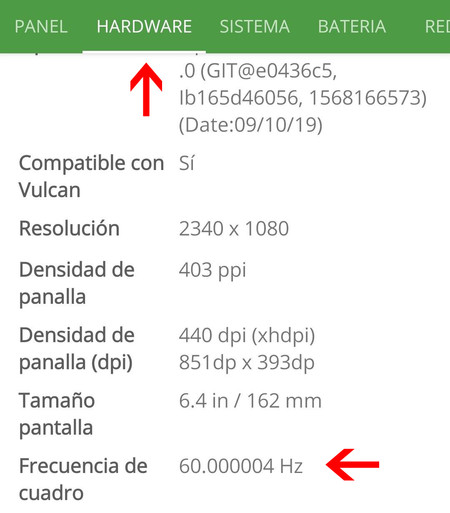
Typically, the manufacturer itself has been responsible for making it clear to us what the refresh rate of our mobile screen is, and that if this has not been the case, it is because the screen is 60Hz. That is, it is like that of the rest of mobiles until just under two years ago, and not all models have taken a step forward. However, there is a way to find out the hertz of our mobile screen if we don’t know or have forgotten them.
In the Google Play Store there are different applications that can show us this data, but here we are going to go to only one, one of great confidence. That application is none other than DevCheck, and can be found on Google Play for free, even if we have some advertising inside.
With DevCheck we can check all the hardware features of our mobile phone, a useful process if we want to know if we have bought, for example, a fake mobile or an authentic one, since it brings to light all the real characteristics of the phone. But there is one that interests us especially in this article and that is the frequency of refreshment.
Just open DevCheck once installed and go to the “Hardware” tab. In it, the information of the processor is shown first and just after that we have the information of the graphics. Just before reaching the “Memory” section we have a section called “Frame Rate “, and here the hertz are shown. Typically, we move between four figures (according to today’s mobiles): 60Hz, 90Hz, 120Hz or 144Hz. Done, that’s the refresh rate of our mobile screen.

DevCheck Hardware and System
Phones over 60Hz that you can find today
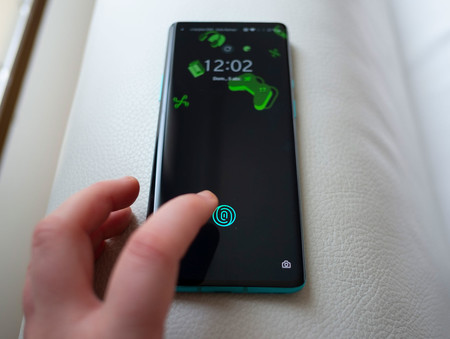
Finally, if you are looking to squeeze the graphic section of a mobile phone, you may be interested to know which ones, at least until now, have sought to exploit this section. The ‘gaming mobiles’, although not all are sold in this way, sooner or later the 60Hz will be a thing of the past. Here we leave you a list with the most interesting models:
Phones with 90Hz screen
- Xiaomi Mi 10: The ‘small’ of the couple presented by Xiaomi to lead their catalog in this 2020 and that arrived, among other things, with a 90Hz screen to squeeze the games out. It can be ours for 659 euros on Amazon. Here you have his analysis.
- Xiaomi Mi 10 Pro: The ‘major’ also passes through here because, among other things, both models have shared the screen since their launch. We found it with its 90Hz panel for 1,024 euros on Amazon. Here you have his analysis
- Huawei P40 Pro: One of the best mobiles this year if we do not take into account that it does not have Google’s mobile services installed. With its versatile and very interesting multiple rear camera, and with a 90Hz screen, we have it for 999 euros on Amazon. Here you have his analysis
- OnePlus 8: We come to another ‘little’ brother, in this case from the last OnePlus. A fully powered phone whose screen appears with 90Hz in our list, enough to take advantage of the increasingly extensive catalog of powerful Google Play games. It can be ours for 609 euros on Amazon. Here you have his analysis
- Nubia Red Magic 3: One of the latest exponents of the ZTE gaming family, the Red Magic 3 with its 90Hz screen and in circulation in Spain. We can get him for 629 euros on Amazon. Here you have his analysis.
- Black Shark 3: The last to arrive from Xiaomi’s line of gaming phones, the Black Shark 3 with its 90Hz screen and that we can buy on Amazon at a price of 569 euros. Here you have his analysis.
- Realme 6: For now we close the 90Hz mobiles with the cheapest of all, the Realme 6 from the sister firm of OPPO and OnePlus. A phone that can be ours for 249.99 euros on Amazon. Here is his analysis

realme 6 – 6.5 “Smartphone, 8GB RAM + 128GB ROM, OctaCore Processor, Quad AI 64MP Camera, Dual Sim, Color Comet White
Mobile phones with 120Hz screen
- OnePlus 8 Pro: We arrived at 120Hz from the hand of another popular phone, the OnePlus 8 Pro from the eastern factory. Maximum power for this 2020 at a price of 927 euros on Amazon. Here you have his analysis.
- OPPO Find X2 Pro: Another one of the leaders in power this year comes directly to the OPPO catalog, we are talking about the Find X2 Pro that sacrifices the mechanical camera but that brings us a 120Hz screen. It can be purchased for 1,199 euros on Amazon. Here you have his analysis.
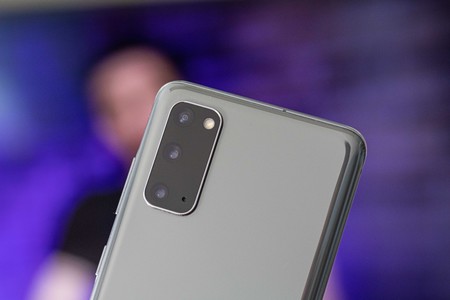 The Samsung Galaxy S20
The Samsung Galaxy S20 - Samsung Galaxy S20 We landed in the Samsung catalog to bring you three high ranges presented this year. At first, the most basic model to call it that, the Galaxy S20 that we have for 772.90 euros on Amazon. And here, his analysis.
- Samsung Galaxy S20 +: The second, its older brother, a Galaxy S20 + that bets on slightly increasing power but, above all, on the photographic level. We found it for 844.90 euros on Amazon. Here you have his analysis.
- Samsung Galaxy S20 Ultra: And we close the Samsung trilogy with the most powerful model of all, with an Ultra that also exhibits a 120Hz screen, like its brothers, and that comes direct from Amazon for 1,145 euros. Here we leave your analysis.
- Realme X3 SuperZoom: As already happened with the list of mobiles with a 90Hz screen, we closed the 120Hz one with a Realme model, the X3 SuperZoom whose price, on Amazon, is 413.17 euros. Here is the analysis.
Samsung Galaxy S20 – Smartphone 6.2 “Dynamic AMOLED (8GB RAM, 128GB ROM, Quad 64MP rear camera, Octa-core Exynos 990, 4000mAh battery, ultra fast charge), Cosmic Gray [Versión española]
Mobile phones with a screen of more than 120Hz
- Nubia Play: A rarity, for now, is the [Nubia Play](Nubia Play](/moviles/nubia-play-caracteristicas-precio-ficha-tecnica). A mobile of a brand that is still very unknown in the West, mainly due to the difficulty when buying it, and that brings us a phone that is not only powerful but with a screen of nothing more and nothing less than 144Hz.

